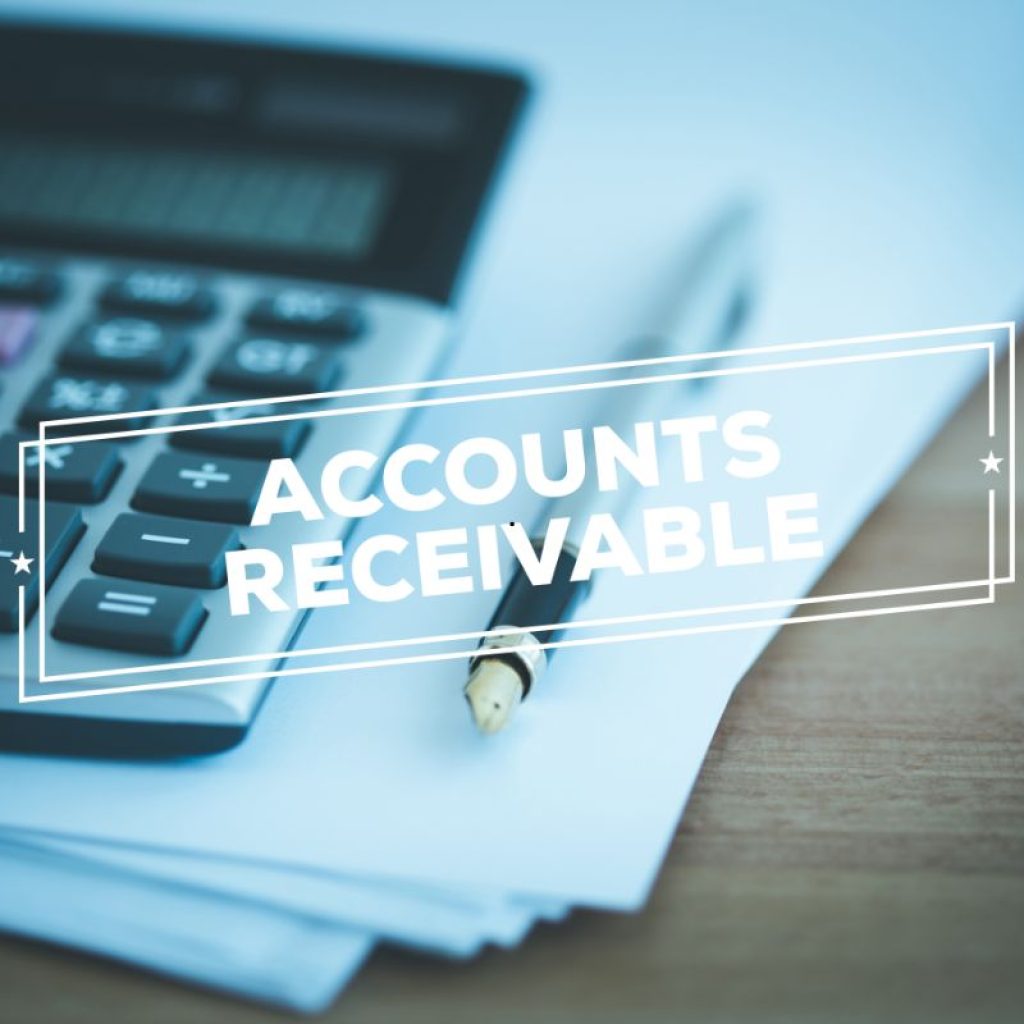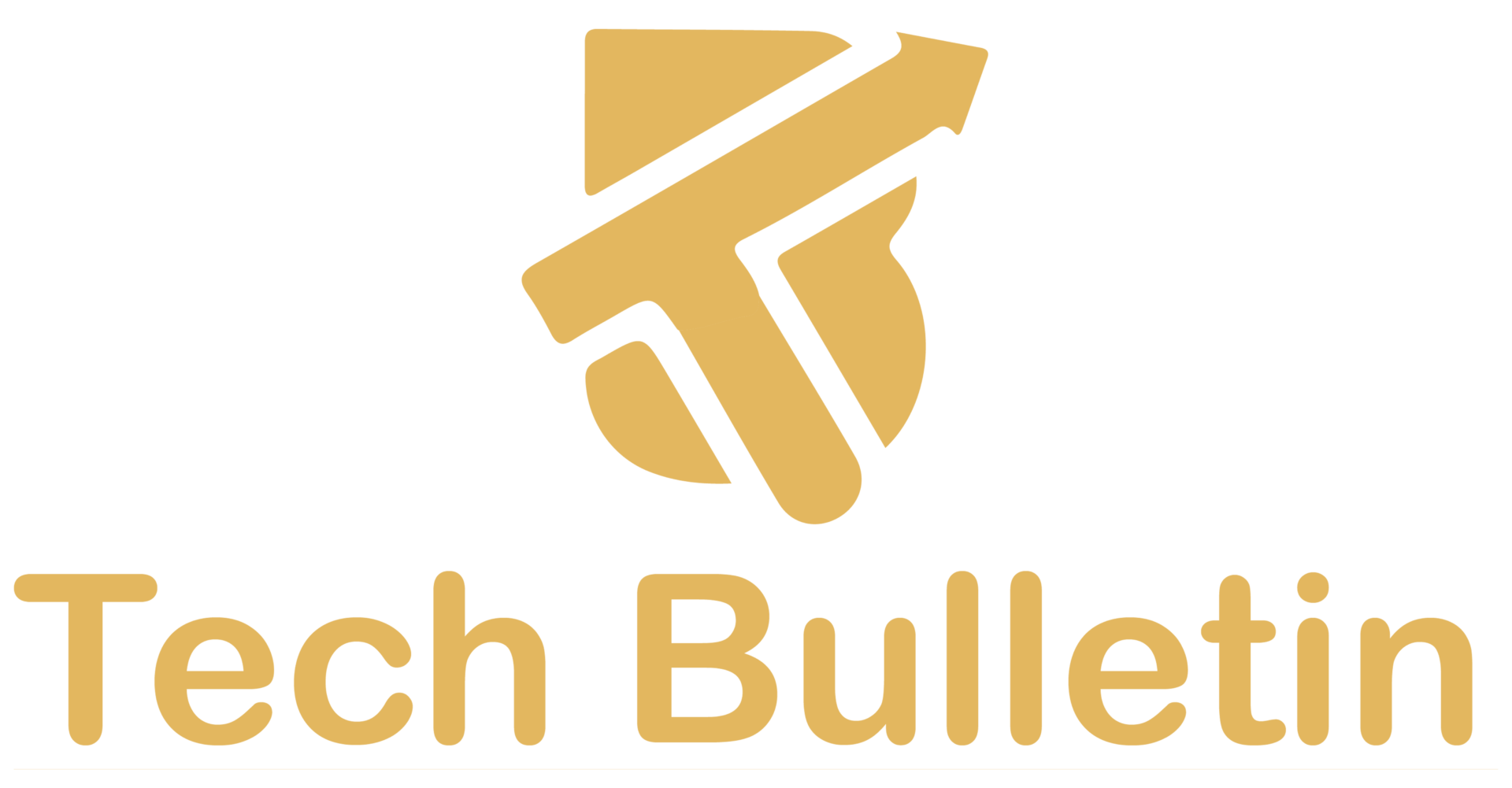What is the Most Effective Way to Manage Your Cash Flow?

Managing your cash flow is one of the most critical aspects of running a successful business. Yet, it’s an area that often gets overlooked until problems arise. The effective way to manage your cash flow involves taking proactive steps to ensure that your income and expenses balance in a way that allows your business to thrive. In this guide, we’ll delve into the most effective strategies to maintain a healthy and sustainable cash flow.
Understanding Cash Flow: Why It Matters
Before we explore the ways to manage your cash flow effectively, let’s first understand why it matters. Simply put, cash flow is the money that flows in and out of your business. Managing it well ensures that you have enough liquidity to cover expenses, invest in growth, and weather any unforeseen financial storms.
What Happens When Cash Flow is Poor?
When cash flow is poor, even profitable businesses can struggle. Without enough cash on hand, you can miss out on opportunities, face late fees, or even be forced to close your doors.
The key is knowing how to manage cash flow before it becomes a problem. Let’s explore how you can do just that.
1. Create a Detailed Cash Flow Forecast
One of the most effective ways to manage your cash flow is by creating a cash flow forecast. This tool allows you to estimate your income and expenses over a specific period, usually monthly or quarterly.
How to Build a Cash Flow Forecast
Building a forecast isn’t complicated, but it does require attention to detail. Here’s how you can create one:
- Estimate Your Income: List all expected income sources, such as sales, investments, or loans.
- List Your Expenses: Include fixed costs like rent, utilities, and salaries, as well as variable costs like materials, marketing, and other operational expenses.
- Calculate Net Cash Flow: Subtract your total expenses from your expected income to estimate your cash flow for the period.
- Update Regularly: Cash flow forecasting isn’t a one-time task. You’ll need to revisit and update it regularly to ensure accuracy.
A well-prepared forecast helps you anticipate shortfalls and plan for cash shortages, ensuring you never find yourself caught off guard.
2. Improve Your Accounts Receivable Process

Cash flow issues often arise from slow-paying customers or clients who haven’t paid their invoices on time. To manage your cash flow effectively, you need to improve your accounts receivable process.
Set Clear Payment Terms
The first step is setting clear, concise payment terms. When customers know when and how they should pay, they are less likely to delay payments.
- Pro Tip: Be clear about your payment terms and ensure that all invoices are professionally created with the due dates clearly visible.
Offer Multiple Payment Options
The easier it is for customers to pay, the quicker you’ll receive payments. Offer multiple payment methods such as credit cards, ACH transfers, PayPal, or even mobile payment options. The more flexible you are, the faster the cash comes in.
3. Keep Your Business Expenses in Check
While managing income is important, controlling your business expenses is equally crucial. Keeping your expenses low will allow you to maintain a steady cash flow even when sales dip.
Track Your Expenses Regularly
It’s easy to overlook small expenses, but they can add up quickly. Keep track of every expense, no matter how small, to ensure you’re not overspending in areas that won’t help grow your business.
- Pro Tip: Use expense-tracking software to streamline this process and make it easier to monitor where your money is going.
Eliminate Unnecessary Costs
Periodically review your expenses and identify areas where you can cut costs. Are there any subscriptions you no longer need? Can you find cheaper suppliers? Are there areas in your business where you can automate tasks to save time and money?
4. Build an Emergency Fund
An emergency fund can act as a cushion when your cash flow takes a hit. Building a reserve allows you to cover unexpected costs and maintain operations without stressing over a cash shortage.
How Much Should You Save?
A good rule of thumb is to have enough to cover at least 3-6 months of operating expenses. This will provide a buffer in case of sudden income drops, enabling you to manage your cash flow smoothly until business picks up again.
5. Monitor Cash Flow Regularly
Effective cash flow management isn’t a one-time effort; it’s an ongoing process. Regular monitoring of your cash flow will help you spot issues early and take corrective actions.
Use Cash Flow Management Tools
Leverage tools like QuickBooks or Xero to monitor and manage your cash flow. These tools can automate calculations, offer real-time data, and provide insights into your business’s financial health.
- Pro Tip: Set reminders to review your cash flow at least once a week. This will keep you on top of any potential issues and allow you to address them quickly.
6. Negotiate With Vendors for Better Terms
Another smart strategy to manage your cash flow effectively is negotiating with your vendors. Extending payment terms or securing discounts can free up cash for other areas of your business.
How to Approach Vendors for Better Terms
Approach vendors, you work with frequently and inquire about the possibility of extending payment terms or securing discounts for early payment. If you’re a loyal customer, many vendors will be open to negotiation.
7. Implement a Cash Flow Management Strategy

A successful cash flow management strategy requires a combination of planning, monitoring, and action. Here are some specific tactics you can implement to ensure that your cash flow remains steady:
- Prioritize High-Value Customers: Focus on retaining your most profitable customers to ensure that a significant portion of your income remains steady.
- Leverage Credit Wisely: Use credit strategically to smooth out any temporary cash flow issues, but avoid overreliance on it.
- Stay On Top of Taxes: Taxes can be a major cash drain if not managed properly. Set aside money for taxes and avoid surprises during filing season.
Conclusion
Managing your cash flow effectively is key to the longevity and success of your business. By creating a detailed cash flow forecast, improving accounts receivable processes, keeping expenses in check, building an emergency fund, and monitoring cash flow regularly, you can ensure that your business remains financially healthy.
Remember, cash flow management is an ongoing process. By staying proactive and implementing the strategies discussed, you’ll position your business for long-term success.
FAQs
1. Why is cash flow management important?
Managing cash flow is crucial to ensuring that you have enough liquidity to cover your expenses, pay employees, and reinvest in growth.
2. How often should I update my cash flow forecast?
You should update your cash flow forecast at least monthly, or more frequently if your business experiences significant fluctuations in income and expenses.
3. How can I speed up cash collection from customers?
Offer multiple payment options, set clear payment terms, and follow up on overdue invoices to speed up cash collection.
4. What tools can help with cash flow management?
Tools like QuickBooks, Xero, and FreshBooks can help you monitor and manage your cash flow in real-time.
5. How can I save money to build an emergency fund?
Start by setting aside a portion of your profits each month and cutting unnecessary expenses. Aim for 3-6 months of operating expenses.
6. Can I rely on credit to manage cash flow?
Credit can be helpful for short-term cash flow issues, but it should not be relied upon long-term. Always aim to keep debt at manageable levels.
7. How can I negotiate better payment terms with suppliers?
Contact your regular suppliers and ask for extended payment terms or early payment discounts. Highlight your reliability as a customer.
Also read: Classroom Management Plan Ideas No One Told You About






